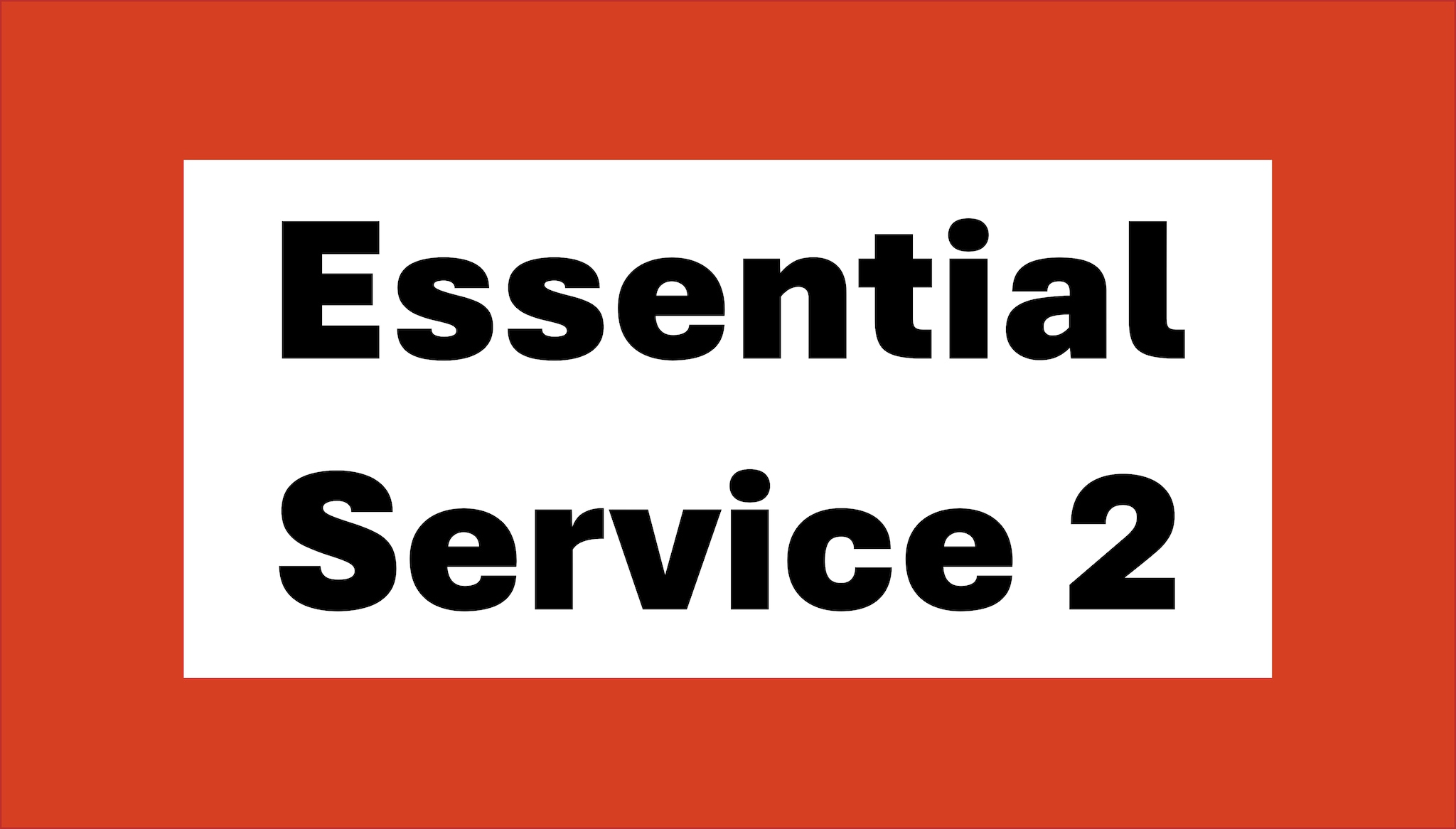At a glance
Learn how environmental health programs support Essential Public Health Service 2 and public health accreditation. Essential Public Health Service 2 is "Investigate, diagnose, and address health problems and hazards affecting the population."

Activities that support this essential service
Here are some examples of common activitiesA that help deliver Essential Public Health Service 2 (Investigate, diagnose, and address health problems and hazards affecting the population).
Applying risk assessment and epidemiologic methods to investigate patterns and outbreaks of environmentally related illness, disease, injury, environmental hazards, environmental risk factors, and other environmental health threats.
Monitoring real-time environmental health status to develop strategies to prevent and address environmentally related health conditions and injuries such as by
- Evaluating air quality data to inform and help community members take action to lower their exposure to air pollutants.
- Conducting environmental assessments to help identify the underlying environmental causes of foodborne illness outbreaks.
- Performing rodent surveys to gather information about the magnitude of the pest problem and develop interventions to prevent, reduce, or eliminate rodent infestations.
Using real-time data to prepare; investigate; and respond to natural disasters, foodborne illness outbreaks, and other biological, chemical, or radiological health threats.
Establishing agreements with public health and environmental testing laboratories to conduct rapid and high-volume testing in support of environmental health investigations.
Identifying and prioritizing communities most at risk for the health impacts of environmental burden.
Establishing emergency communication plans and processes to inform and mobilize responders and the public in the event of potentially serious environmental health threats, disease outbreaks, and other emergencies.
Activities that connect to accreditation standards
Environmental health programs also link to and support broader public health initiatives such as public health accreditation. Following are examples of activities that could contribute to accreditation by the Public Health Accreditation Board (PHAB). Completing these activities does not guarantee conformity to PHAB documentation requirements.
PHAB Standard 2.1: Anticipate, prevent, and mitigate health threats through surveillance and investigation of health problems and environmental hazards.
Establishing and implementing procedures for collection, quality assurance, and evaluation of new or existing environmental health surveillance data supports this standard. Example data include blood lead test results and data on mosquito populations to address environmental hazards and patterns of disease.
PHAB Standard 2.2: Prepare for and respond to emergencies.
- Incorporating roles and responsibilities of environmental health staff in public health emergency operations plans.
- Developing emergency response plans specific to environmental health, which can be separate or included as attachments to a departmental public health emergency operations plan.
- Identifying essential environmental health systems that must be sustained during an emergency in continuity of operations plans. For example, systems that ensure safe drinking water, prevent outbreaks of foodborne illness, and support laboratory work on environmental investigations.
- Examples are not exhaustive.
